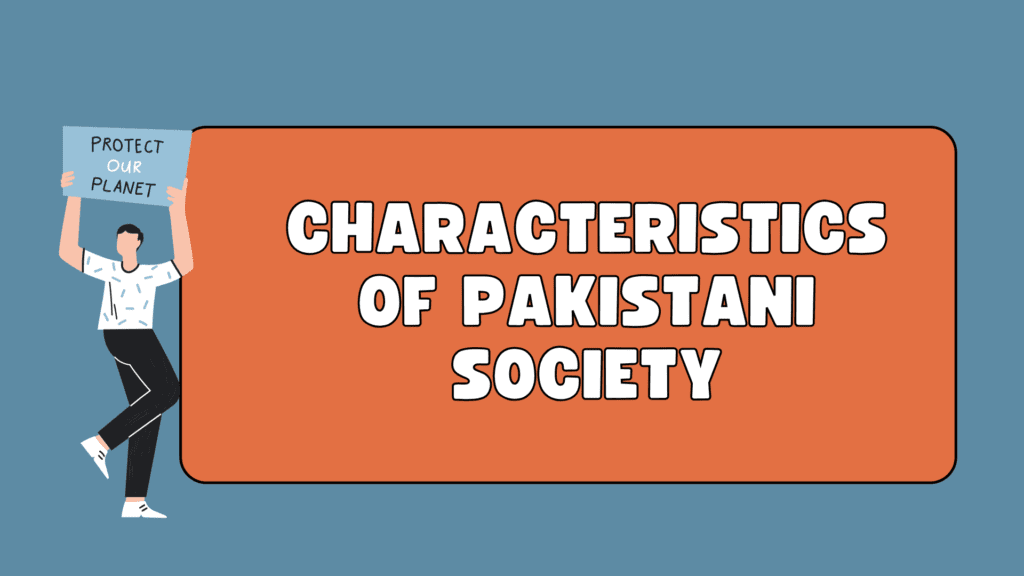Here is a detailed explanation of the Causes of Poverty in Pakistan. Every society may have different causes, depending on its geographic location and other factors.
1. Overpopulation
Pakistan is the fifth most populous country in the world. The rapid increase in population puts immense pressure on resources, employment, education, health services, and infrastructure. This leads to reduced per capita income and increased poverty.
2. Unemployment and Underemployment
A large portion of the population, especially youth, is either unemployed or underemployed. There are limited job opportunities, and even skilled individuals often cannot find jobs that match their qualifications, contributing to poverty and economic dependency.
3. Low Literacy and Poor Education System
Education is a key factor in economic growth and poverty reduction. In Pakistan, a large number of people remain illiterate or have low educational attainment, making it difficult for them to access better-paying jobs and improve their quality of life.
4. Unequal Distribution of Wealth
There is a wide gap between the rich and the poor in Pakistan. A small segment of society holds most of the wealth and resources, while the majority struggles to meet basic needs. This economic disparity intensifies poverty.
5. Corruption and Poor Governance
Widespread corruption in public institutions, lack of accountability, and inefficient use of resources weaken economic development. Funds meant for public welfare are often misused, leaving the poor with inadequate services.
6. Inflation and Rising Cost of Living
The continuous increase in prices of food, fuel, electricity, and daily necessities reduces the purchasing power of the common man. Fixed-income families suffer the most, as their income cannot match the rising cost of living.
7. Agricultural Dependence and Rural Poverty
A large part of the population relies on agriculture, but outdated farming techniques, land inequality, water shortages, and lack of government support make rural communities vulnerable to poverty.
8. Natural Disasters and Climate Change
Pakistan frequently experiences floods, droughts, and earthquakes. These disasters destroy homes, crops, and infrastructure, pushing affected communities deeper into poverty, especially when government response is slow or inadequate.
9. Political Instability and Insecurity
Frequent changes in government, law and order issues, and terrorism discourage foreign investment and economic growth. Political instability creates uncertainty, which affects employment and development opportunities.
10. Lack of Industrialization and Investment
Pakistan’s industrial sector has not grown at a pace sufficient to create mass employment. Low foreign and domestic investment results in slow economic progress, and many people remain jobless or in low-paying work.
11. Inadequate Health Services
Poor health infrastructure and lack of access to affordable medical care trap families in poverty. A sick family member often means increased expenses and lost income, which further strains household budgets.

